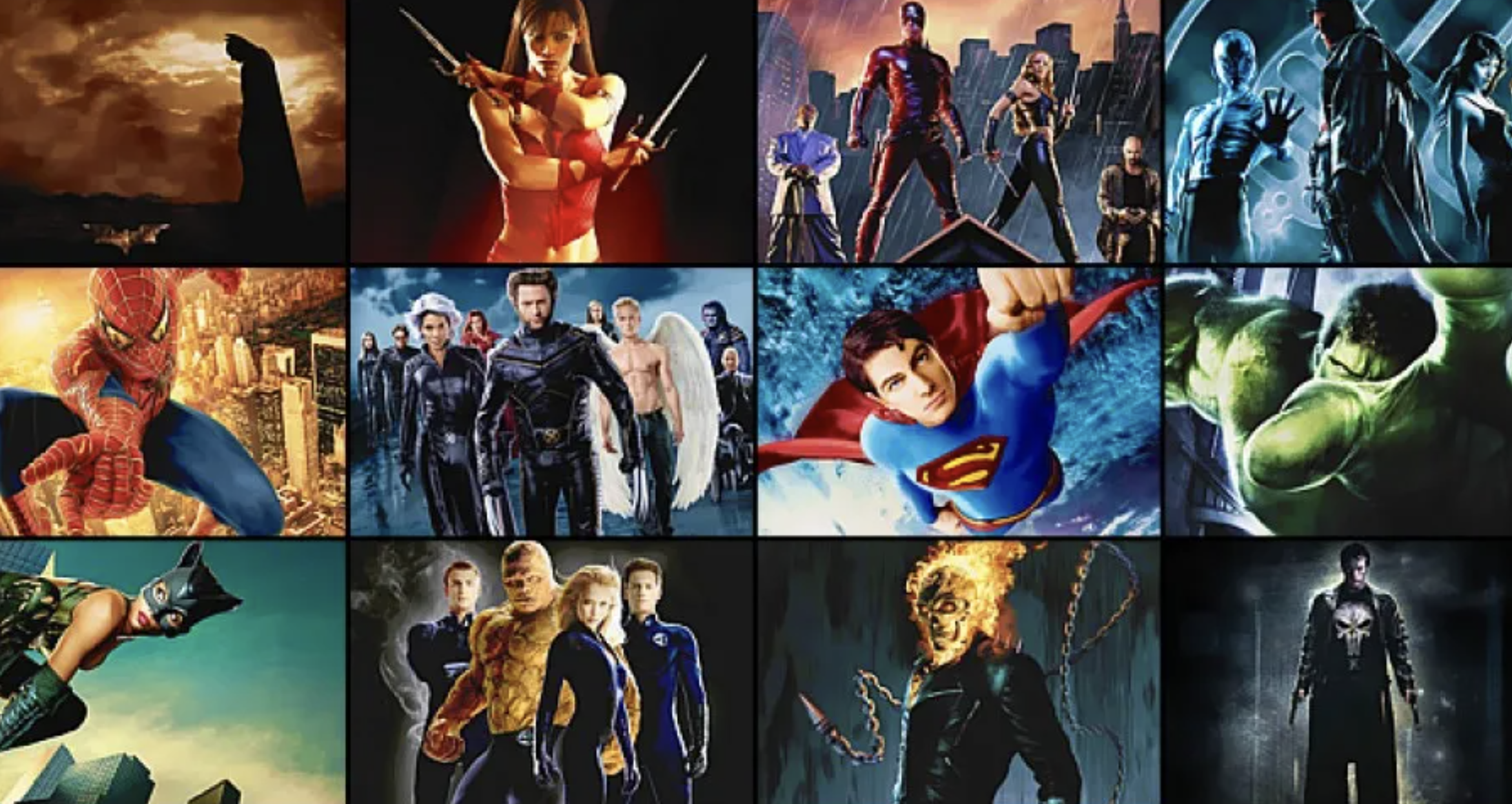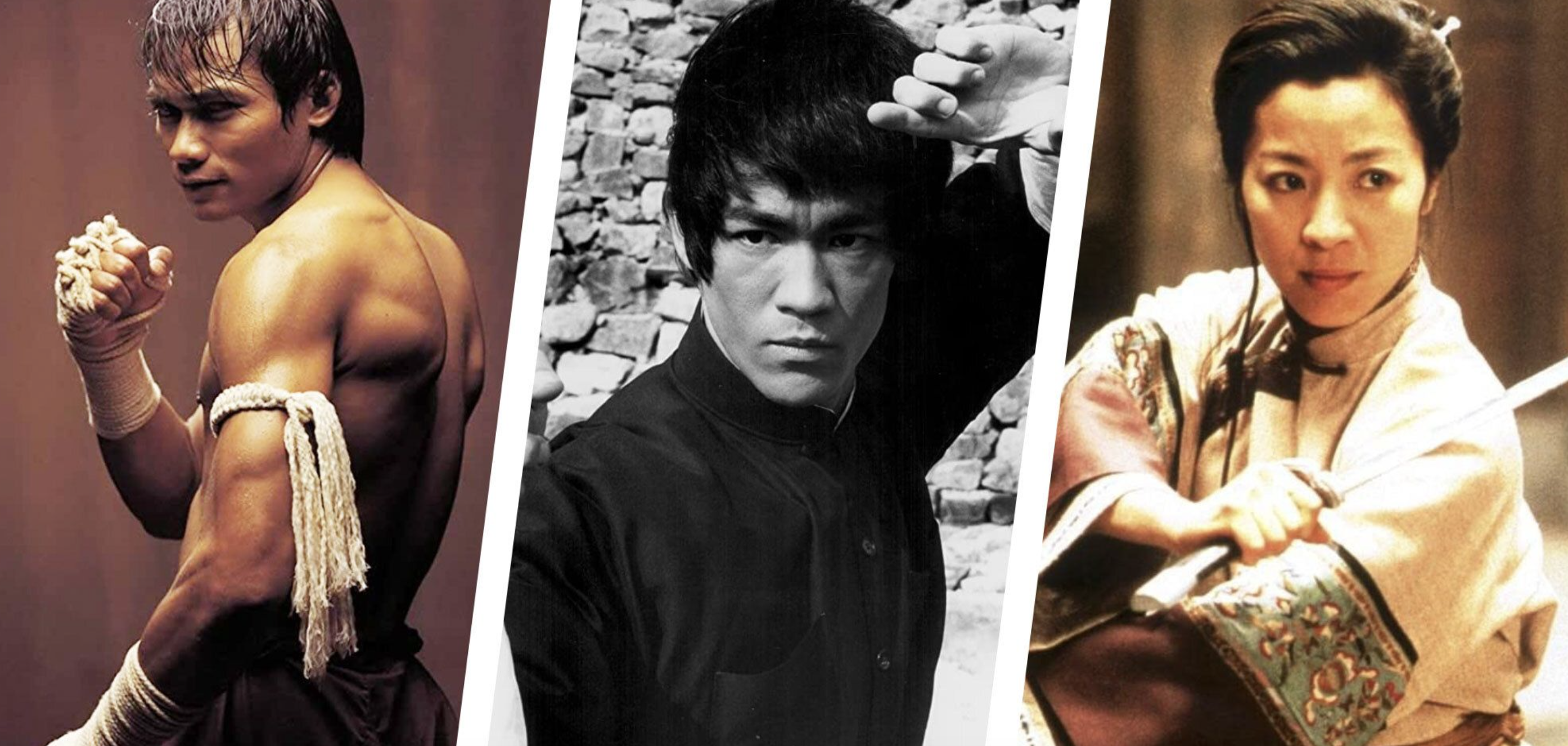Blockbuster Vs. Indie: Which Is Right For You?
Embark on an exhilarating exploration with us as we delve into the cinematic universe! This guide will pit the glitz and glamour of Blockbusters against the raw, unfiltered charm of Indie films. Intrigued? Read on!
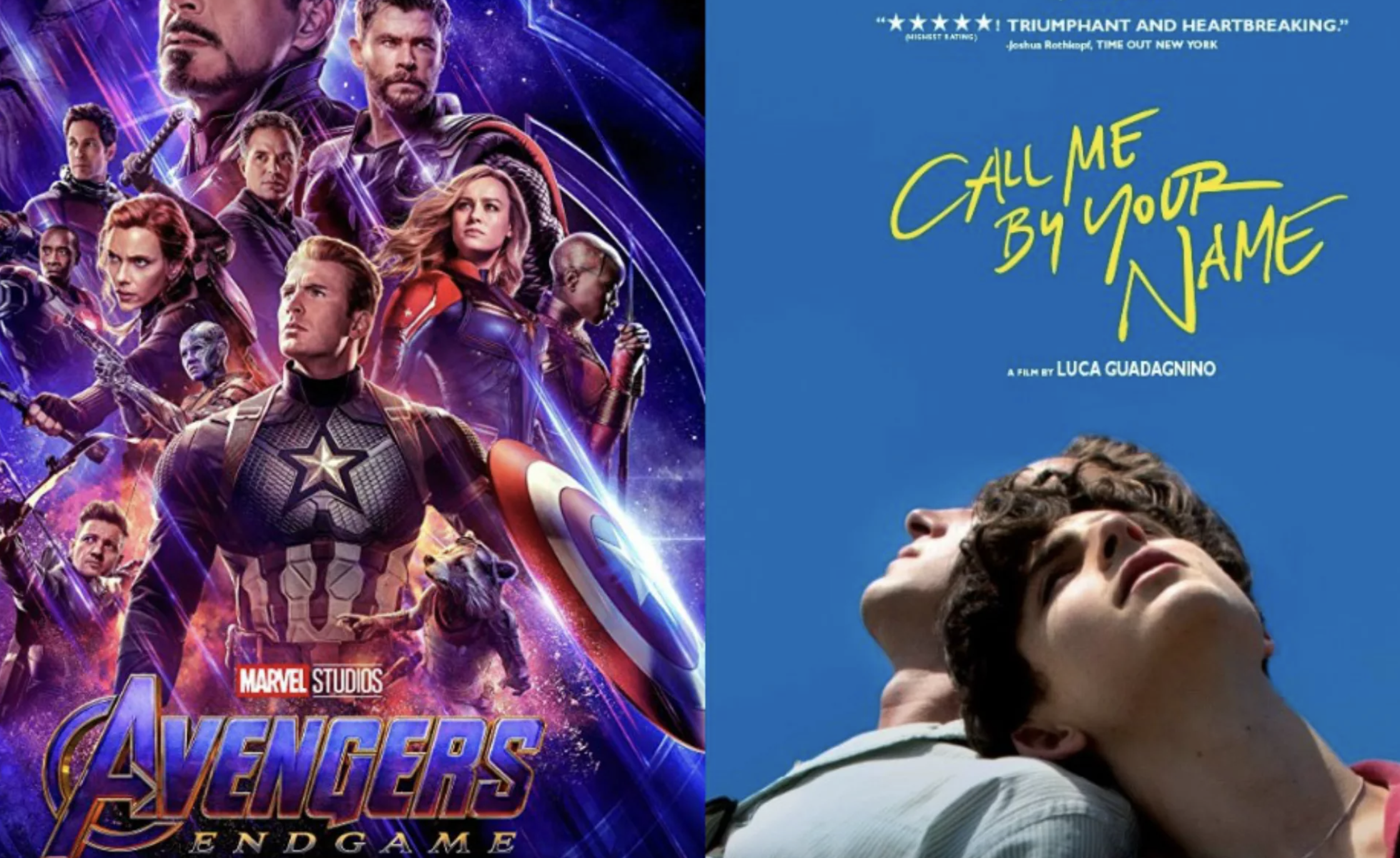
Defining Blockbuster and Indie Movies
Blockbuster films are synonymous with large-scale productions backed by the major Hollywood studios. These cinematic giants aim to capture the imagination of the global audience, boasting illustrious casts, groundbreaking special effects, and extensive promotional efforts to secure a substantial box office turnout. The essence of a blockbuster lies in its ability to deliver a spectacle, often making it a cultural event that transcends the mere act of going to the movies.
In stark contrast, indie movies emerge from the fringes of the film industry, crafted by independent filmmakers and smaller studios operating outside the traditional studio system. With budgets that are a fraction of their blockbuster counterparts, indie films prioritize narrative depth, character arcs, and innovative storytelling over flashy visuals and widespread commercial appeal. This sector of cinema is marked by its artistic ambitions, offering a platform for voices and stories that diverge from mainstream sensibilities.
The dichotomy between blockbuster and indie films highlights the diversity within the cinematic landscape, catering to varied audience expectations and artistic aspirations. While blockbusters leverage their financial muscle to create universally engaging content, indie films rely on their creative ingenuity to connect with audiences on a more personal and profound level. This delineation not only reflects the financial and operational distinctions but also underscores the different storytelling philosophies that guide filmmakers in each domain.
Production and Budget Differences
The financial resources allocated to a movie can vastly influence its production quality, scope, and marketing reach. Blockbuster movies often boast colossal budgets, which can climb into the hundreds of millions of dollars. This substantial financial backing enables the creation of visually stunning spectacles, complete with elaborate set designs, cutting-edge special effects, and high-profile celebrities gracing the screen. The sheer scale of investment in these films allows for a polished, high-octane viewing experience that aims to captivate audiences worldwide and generate significant box office revenue.
Conversely, indie movies operate with considerably tighter budgets, a reality that necessitates a high degree of creativity and resourcefulness from filmmakers. The limited financial resources often mean less reliance on extravagant visuals or star power to attract an audience. Instead, the focus shifts towards rich storytelling, character development, and exploring unique, sometimes avant-garde themes. This budgetary constraint does not imply a lower quality of production but rather a different approach to filmmaking. Indie filmmakers are known for their innovative techniques to maximize their budget's impact, often leading to highly original and compelling cinema that resonates deeply with its audience.
The disparity in funding between these two sectors of the film industry underscores the distinct paths they navigate in bringing stories to life. While blockbusters leverage their financial might to produce universally appealing content, indie films use their creative freedom to offer nuanced, thought-provoking narratives that might not otherwise find a place within the mainstream.
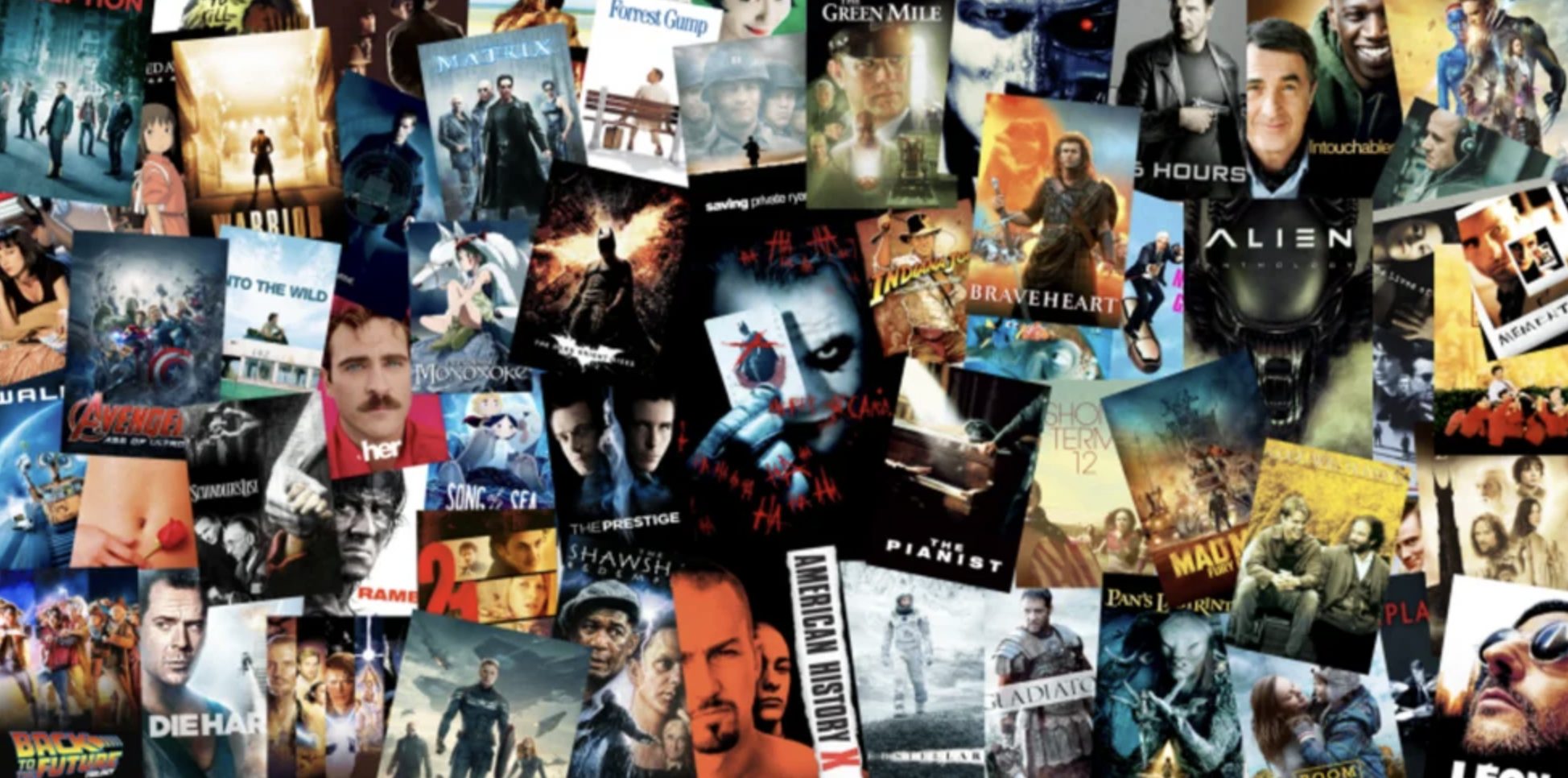
Storytelling and Themes Explored
At the heart of the distinction between blockbuster and indie movies lies their approach to storytelling and the themes they choose to explore. Blockbusters, with their grand scale and ambition to reach a global audience, often adhere to a tried-and-true formula. This formula typically revolves around high stakes action, adventure, and a clear delineation between good and evil. Such narratives are crafted to maximize appeal and entertainment value, ensuring they resonate with the widest possible audience. They frequently rely on familiar tropes and settings, drawing audiences into a world of escapism and spectacle.
Indie films, by contrast, embrace a broader spectrum of themes and storytelling techniques. Without the constraints of appealing to mass markets, these films afford directors and writers the freedom to experiment with narrative structure, pace, and character development. Indie narratives often focus on personal growth, societal issues, and the complexity of human relationships, offering a more intimate and sometimes challenging viewing experience. These films are willing to explore ambiguity and nuance, presenting stories that don't always fit neatly into conventional genre categories. The result is a rich tapestry of films that can offer new perspectives, challenge preconceptions, and engage audiences on an intellectual and emotional level.
This divergence in storytelling philosophy not only defines the content and appeal of blockbuster and indie films but also reflects the broader objectives of the filmmakers and studios behind them. While one aims to entertain and captivate on a universal level, the other seeks to question, provoke, and illuminate, offering viewers a wide array of cinematic experiences tailored to different tastes and interests.
Audience and Reception
The audience engagement and reception for blockbuster and indie films can vary significantly, reflecting the distinct aims and distribution strategies of each. Blockbusters target a wide demographic, seeking to draw in large numbers through their universal themes and spectacular visuals. Their success is often measured in box office sales, which can soar into the billions, making them a staple in global pop culture. The promotional campaigns for these films are extensive, ensuring that anticipation builds long before the movie hits theaters. As a result, blockbuster films can become household names, with characters and stories that resonate across different age groups and backgrounds.
Indie films, conversely, cater to a more specific audience, one that is perhaps more inclined towards cinema as an art form rather than purely for entertainment. These movies may not have the vast promotional machines of their blockbuster counterparts, leading to a more subdued presence in the mainstream media. However, they often shine in the festival circuit and among critics, garnering praise for their innovation, depth, and the ability to challenge viewers intellectually and emotionally. Indie films can achieve a cult status, building a dedicated following that values the distinctive voices and perspectives these movies provide. Their reception, while potentially less visible in mainstream channels, can be deeply impactful, influencing discussions around important societal themes and contributing significantly to the evolving landscape of cinema.
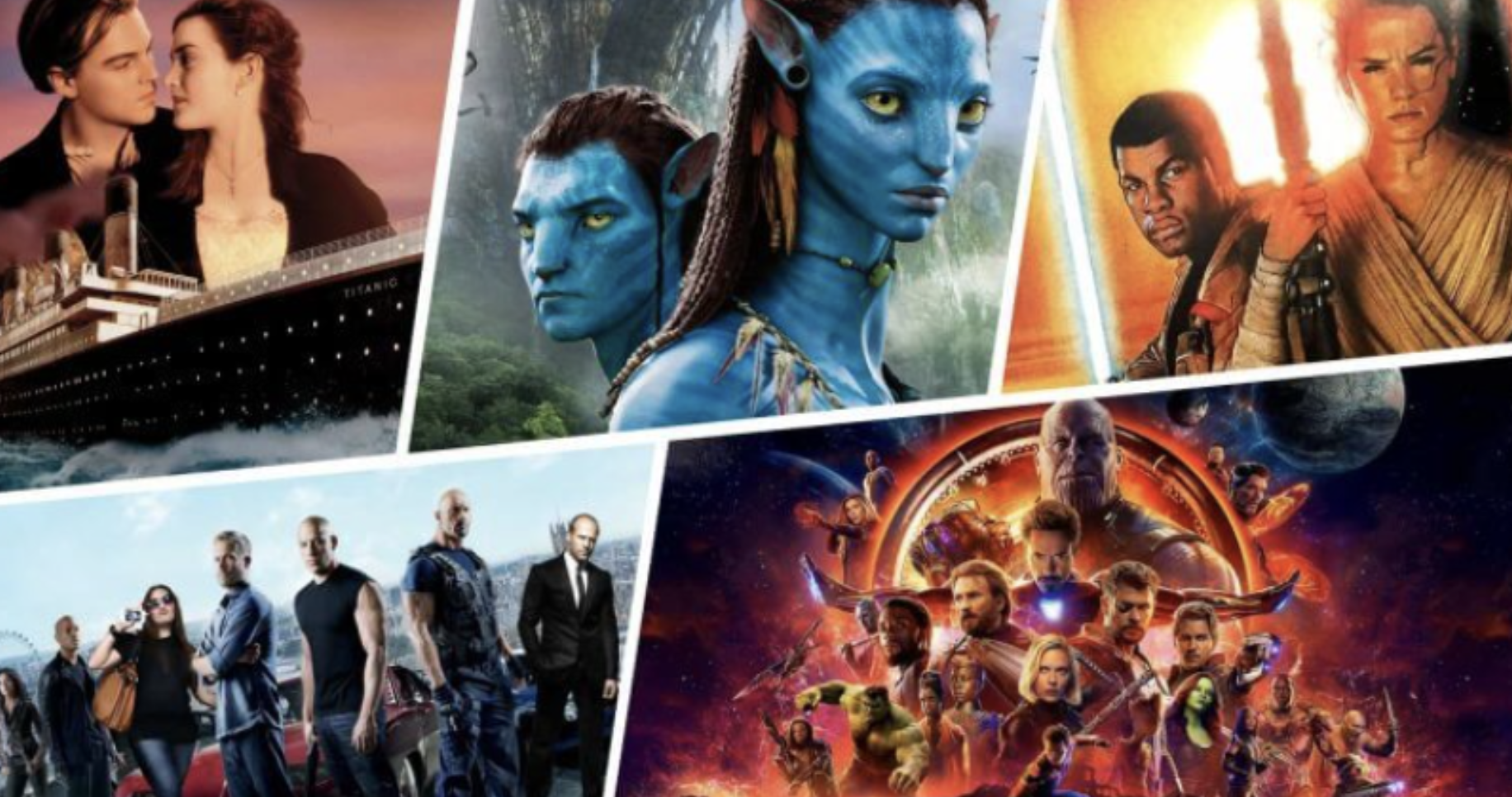
Availability and Accessibility
The pathways through which audiences can access blockbuster and indie movies significantly differ, primarily due to their disparate distribution strategies and audience reach. Blockbusters, with their substantial marketing budgets and global appeal, are prominently featured in multiplexes and major cinema chains around the world. Their visibility doesn’t stop at the theater; these films are also aggressively pushed on leading streaming platforms, ensuring they are just a click away for millions of viewers. Additionally, blockbuster films are quickly made available for purchase or rent on digital marketplaces and in physical formats like DVD and Blu-ray, catering to the demand for home viewing options.
In contrast, indie films face a more challenging journey to reach their audience. Limited by smaller marketing budgets and a niche appeal, these movies often rely on film festivals and independent theaters for their initial screenings. This route not only helps them garner critical acclaim but also builds a word-of-mouth buzz that can be crucial for wider recognition. While some indie films do make it to mainstream streaming services, many find a home in specialized platforms dedicated to independent and art-house cinema. These niche services offer a curated selection of indie films that might not otherwise see widespread distribution. Additionally, community-led screenings and university film societies play a significant role in making indie films accessible to interested audiences, further bridging the gap between these movies and their potential viewers.
Navigating the availability of blockbuster and indie films requires an understanding of these distinct access points, encouraging moviegoers to explore beyond the mainstream to uncover the diverse offerings of the cinematic world.
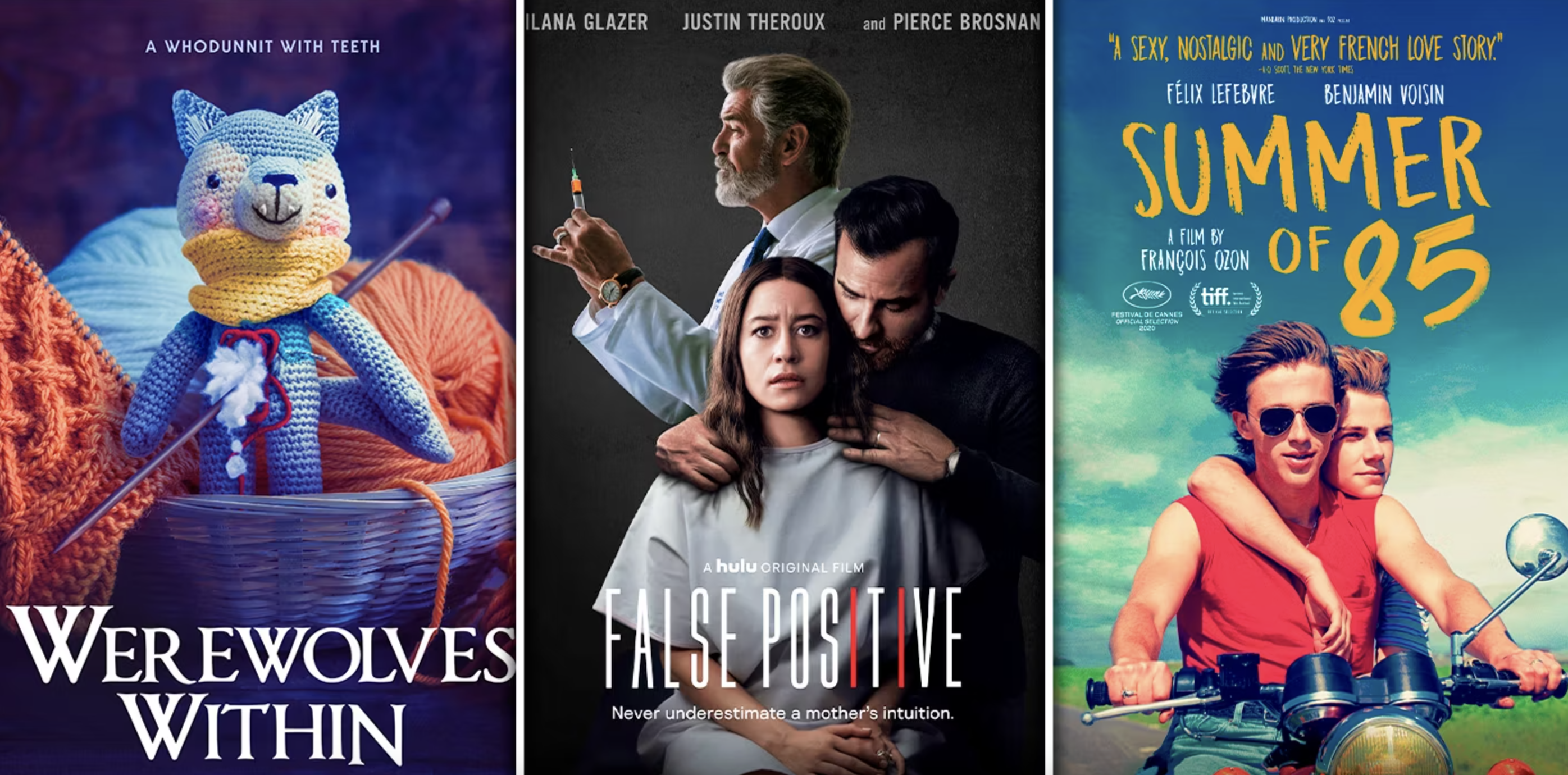
Personal Preferences and Viewing Goals
Your individual tastes and what you hope to get out of a movie experience play a pivotal role in determining whether blockbuster or indie films will best satisfy your cinematic cravings. If your idea of a great movie night includes immersing yourself in epic narratives, experiencing the thrill of high-stakes action scenes, or seeing familiar faces in larger-than-life roles, then blockbusters might be your go-to choice. These films are designed to entertain and amaze, offering a form of escapism that draws viewers into extraordinary worlds.
Conversely, if you lean towards films that delve into intricate storylines, explore profound themes, or present unique, sometimes challenging perspectives, indie movies might resonate more deeply with you. They often serve as a canvas for filmmakers to express artistic visions and tackle subjects not typically explored in mainstream cinema. Indie films can provide a more introspective and thought-stimulating experience, appealing to those who seek to be moved or provoked intellectually.
Ultimately, the decision hinges on what you value most in a film. Whether it's the spectacle and grandeur of blockbusters or the authenticity and depth of indie films, understanding your preferences and objectives will guide you to the movies that will most enrich your viewing experience. Remember, there's no right or wrong choice—only what best aligns with your personal tastes and viewing desires at any given time.
You May Also Like:



